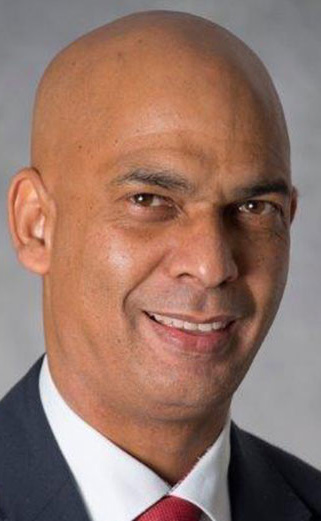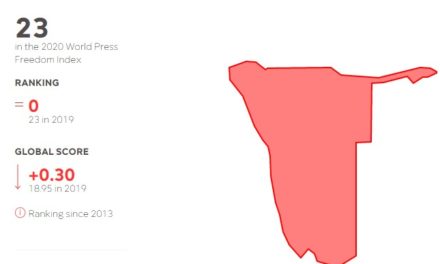
Private hauliers offered the opportunity to rent public warehouses for an envisaged national network of decentralised logistics

The gradual decline of Namibia’s public rail transporter, TransNamib has led to a situation where dozens of rural railway stations are in disrepair. Trying to reverse this malaise, the parastatals is now offering warehousing facilities on TransNamib property to private hauliers.
After more than a year in office, TransNamib’s new Chief Executive, Johny Smith, realised the immense drag on the parastatal’s balance sheet from maintenance of facilities that hardly contribute anything to the bottom line.
This week, in an effort to muster private sector support for the beleaguered parastatal’s attempted turn-around, Smith engaged a number of stakeholders, selling them the idea that TransNamib’s many warehouses across the country, can be let to private contractors for cargo storage and freight consolidation. This week’s meeting took place in Grootfontein where TransNamib has to husband large areas of infrastructure, now lying idle due to a lack of cargo.
Detaling his company’s new strategy, Smith told the meeting “We are in the business of moving cargo via rail from station to station.” Supplementing this basic functionality, Transnamib is availing the warehousing facilities located at its stations countrywide and offering it to private sector logistics companies to operate as logistics centres.
With this bold move, Smith is looking deep into the future where he sees a collaboration between public and private transporters. His vision is part of the Logistics Hub Master Plan for Namibia, which Smith was instrumental in drafting when he was the Chief Executive of the Walvis Bay Corridor Group. It entails a whole network of decentralised logistics centres, backed by the parastatal’s immense land holdings and infrastructure.
Smith also revealed plans to revive the railway link with South Africa, eyeing manganese exports as the main commodity to bring the cargo volumes. A dedicated project team comprising members from TransNamib, Namport, Trade Port and the Walvis Bay Corridor Group, is investigating the possibilities which could see as much as three million tonnes moved annually.
In the meantime, plans to extend the railway line beyond Grootfontein to Rundu, and perhaps even to Zambia, as well as the shelved plan to link Gobabis to Botswana, have all been dug up and dusted off by Smith.
These are big dreams and to ensure that they do not founder again, Smith has established a project office in Windhoek from where feasibilities and scouting for project funding are managed.










































